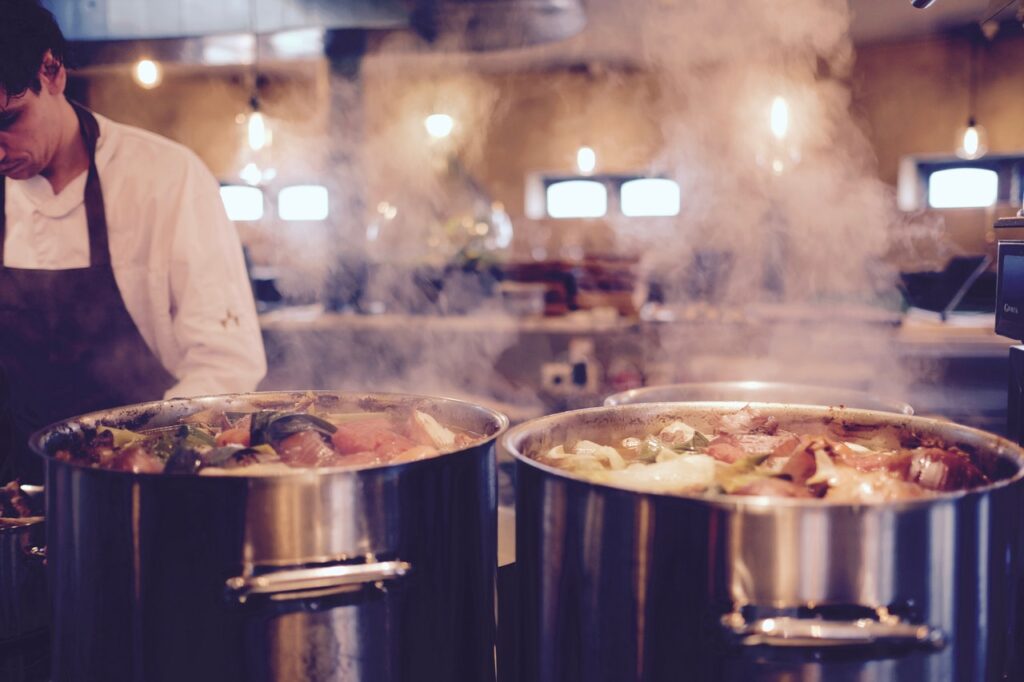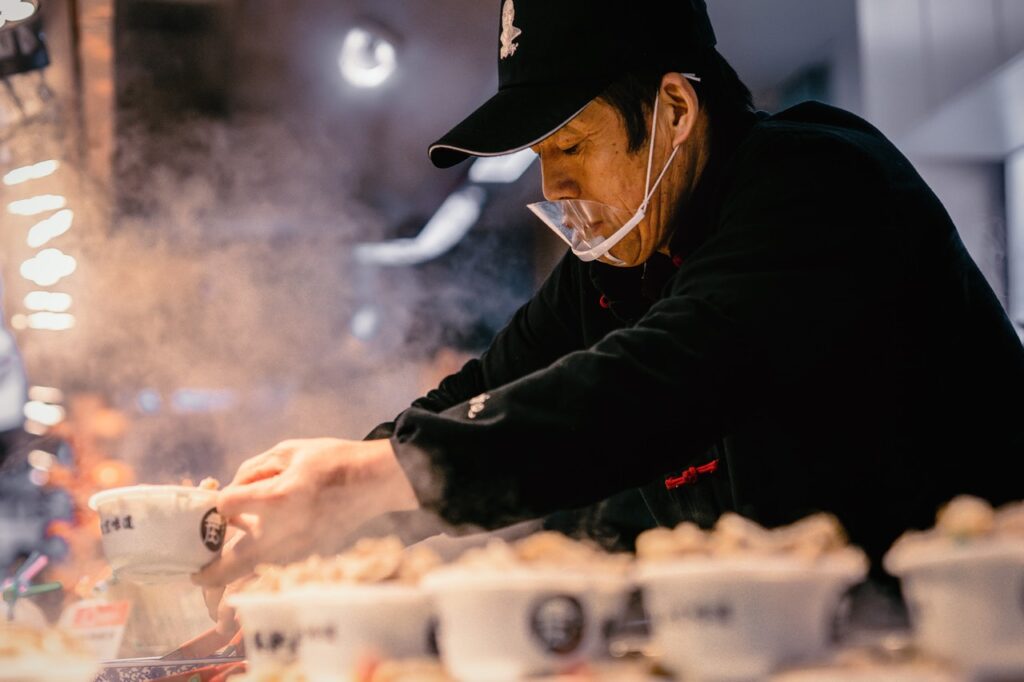Photo Courtesy of John Lambeth via Pexels
Running a food business is not just about increasing your bottom line profits. It is your primary responsibility to ensure the well-being of consumers through food safety and sanitation. Contaminated food that contain harmful bacteria, viruses, parasites or chemicals can cause more than 200 diseases, including diarrhea, hepatitis A and cancers. According to the World Health Organization (WHO), nearly one in 10 people in the world fall ill, and 420,000 die after eating unsafe food. In the Philippines, more than 17,000 people suffered from acute bloody diarrhea in 2018.
How do you ensure safe food management in your enterprise?
You should comply with laws and international standards that provide business guidelines for food safety and sanitation. These laws include Republic Act No. 10611, otherwise known as the “Food Safety Act of 2013” and ISO 22000 or the Food Safety Management System (FSMS).
The Food Safety Act sets basic food safety standards to be strictly observed by all food business operators, including those involved in the production, manufacturing and packing of food products. The law also enumerates the penalties for non-compliance.
FSMS, which has been revised in 2018, provides a framework for effectively managing food safety and quality responsibilities. It is an auditable standard that integrates the Hazard Analysis and Critical Control Points (HACCP) system and application steps by the CODEX Alimentarius Commission, an intergovernmental body established by the World Health Organization and the Food and Agriculture Organization of the United Nations.
Implementing practices based on international standards such as FSMS can help improve organizational performance, satisfy consumers and promote better regulation. ISO 22000 also offers the following benefits:
- An internationally-recognized standard that integrates all legal and regulatory requirements relating to food safety management;
- Improved compliance with food hygiene regulation;
- Enhanced traceability of products and services;
- Greater consistency in output;
- Better communication within the enterprise and with partners and suppliers;
- Updated identification, assessment and control of food safety hazards;
- Better customer recognition and approval; and
- Greater potential to penetrate new markets.
Ultimately, ISO 22000 maps out what your business needs to do to demonstrate your ability to control food safety standards to ensure that food is safe.

Are you running a food business? Here are simple tips to comply with laws and standards on food safety.
Clean equipment and surfaces to prevent harmful bacteria from spreading onto food products:
- Disinfect food areas and equipment between processing tasks especially after handling raw food.
- Dispose food waste properly to avoid waste buildup.
- Use disinfection products that comply with BS ED 1276 or BS EN 13697.
- Impose a clean-as-you-go policy in your entire enterprise.
- Set a cleaning schedule which clearly determines:
- what needs to be cleaned
- what needs to be disinfected
- when the cleaning/disinfecting should be done
- how the cleaning/disinfecting should be done
Cook properly and safely food in your business to kill harmful bacteria:
- Thoroughly cook the following meats the could maintain harmful bacteria in the middle:
- Chicken, turkey, duck and other fowl
- Pork
- Rolled joints
- Products from minced meat such as burgers and sausages
- Internal organs like kidneys and liver
- If you are cooking beef or lamb, the surface should be properly cooked. Harmful bacteria may only be present on the surface.
- Cook food at the right temperature for the correct length of time. The standard temperature for cooking is 70°C for 2 minutes.
- If you are not serving the food within two hours, you should either put it in a cool storage with a temperature of 8°C or below or throw it away.
- Reheat food only once.
Chill food properly to prevent the growth of harmful bacteria:
- Put these types of food in the fridge to be chilled:
- food products with a use-by-date
- cooked dishes
- ready-to-eat food like salads and desserts
- Cold foods can be kept outside the fridge for only up to four hours.
- Set your fridge or any cold storage at 5˚C.
Prevent cross-contamination or the spread of bacteria between food, surfaces or equipment:
- Clean and disinfect work surfaces, chopping boards and equipment thoroughly before and after handling raw food.
- Keep raw and ready-to-eat food separate.
- If raw and ready-to-eat food are to be handled in the same area, make sure the area is thoroughly sanitized between these tasks.
- Use different tools and equipment for raw and ready-to-eat food or clean them thoroughly between uses.
- Use separate cleaning materials for raw and ready-to-eat food.
- Train your staff on how to avoid cross-contamination.

Food safety is everyone’s business and responsibility. As a food business operator, you have a major role in ensuring that food products will not cause harm to consumers. Make sure that your food products are safe to consumers when prepared or eaten for the intended use, and that your facilities for producing, handling or manufacturing comply with sanitation standards. An effective food safety management system can be of great help to your enterprise.
Need help developing a food safety management system? Consult with specialists at ECCI. Call us today!









